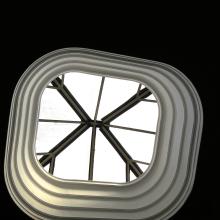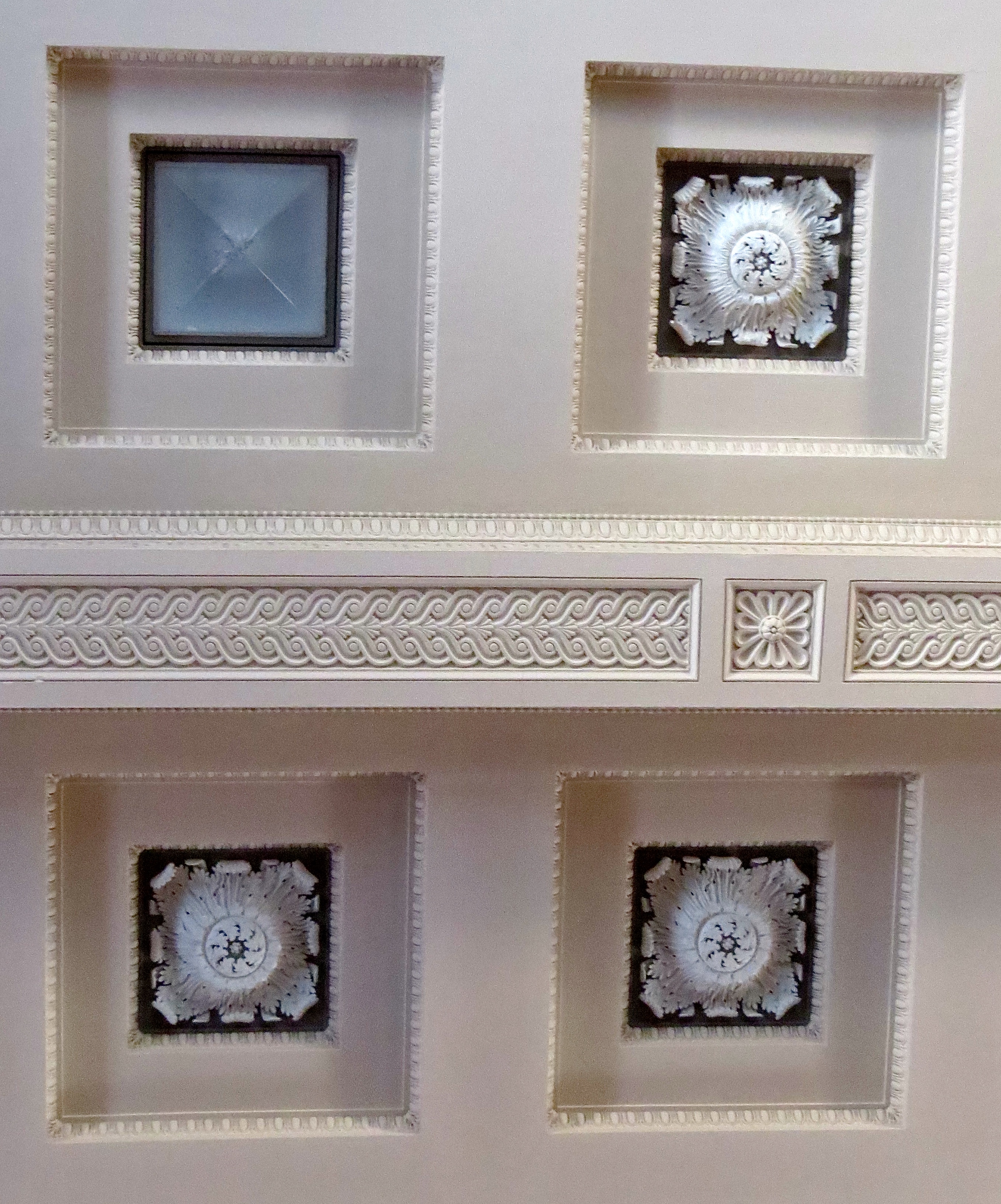
Answers to Freedom of Information requests submitted by the Spurtle throw new light on why City of Edinburgh Council wanted the old Royal High School (RHS) not to be listed as 'at risk'.
They also reveal seven other sites across Scotland which have been added to a 'Dark Register' of endangered buildings which the public have been hindered from viewing.
In February, Spurtle exclusively revealed that City of Edinburgh Council had pressed the Royal Commission on the Ancient and Historic Monuments of Scotland (RCAHMS) not to enter the RHS on its Buildings at Risk Register (BARR).
The Council’s motives then were variously given as: (1) not wanting to rock the boat just as lease negotiations with a developer reached a sensitive stage (how this might have happened was not explained, and in fact the lease remained unsigned for another two years); (2) not wanting potential thieves to realise the building was empty (although CEC simultaneously claimed it was protected by 24-hour security).
The RCAHMS instead placed the Category A-listed building on a ‘Dark Register’ where it could not be seen by members of the public perusing their website.
To most people’s minds, this action rather undermined the BARR’s image as an impartial and accessible record of important buildings we should be concerned about.
Others felt City of Edinburgh Council’s self-contradictory explanations lacked credibility, and that their requests to the Royal Commission made them look a little shifty and underhand.
Correspondence
Spurtle wanted to know more before judging, and so submitted Freedom of Information requests to both RCAHMS and City of Edinburgh Council to get a look at their correspondence. Those requests have now been answered, and the resulting redacted communications (in reverse date order) are included in full at the foot of this page.
Four main points emerge.

- The Council’s principal concern was not theft, but an unfounded fear that listing on the BARR might have made it more difficult for developers to demolish ancillary buildings on the RHS site where (as we now know) there are plans to create new hotel platforms.
- RCAHMS seems to have realised the extent of Corporate Service’s ignorance, addressed it on the phone, and explained in writing its own actions and why the Council had nothing to fear.
- Having carefully dispelled these misconceptions and set the record straight, RCAHMS then partially did what the Council wanted anyway.
It’s that last point that particularly takes one aback. Why would the Royal Commission, an independent agency on whom the Council has little if any leverage, fully confident in its own position, have rolled over so compliantly to what it clearly thought was a wrong-headed request?
Spurtle has sought informed opinion, and the consensus is that the most plausible explanation does not involve political arm-twisting, sinister cover-ups or criminal conspiracies.
As one built-heritage insider succinctly put it: ‘It looks as though they were just trying to be nice’.
Nice: the impression of Scotland’s architectural treasures being protected by gentle, well-mannered folk in comfy cardigans is rather pleasant, but also disturbing. Spurtle would take more comfort if they had shown a tad more terseness, a touch more backbone, a willingness to tell our beloved Council it was wrong and should go take a running jump.
Unfortunately, it appears that the Royal Commission may be serial offenders when it comes to being pleasant. Another seven listed buildings around Scotland are on the ‘Dark Register’, invisible to view unless you happen to explicitly ask if they’re on it.
Until now. Spurtle submitted a separate series of Freedom of Information requests asking to know more about these at-risk treasures and why they have been tucked away out of sight.
We have no wish to further imperil buildings at risk by publishing a handy Burglar’s Baedeker. To avoid any such accusation, we will avoid naming them in the Googleable text of this article. They do appear in the second pdf below. None of them is in Edinburgh.
1. Of those seven buildings, six had been placed on the ‘Dark Register’ at the request of the owners. One has never appeared on the online BARR since an agreement not to release information about it had been made two years before the website was created.
2. 'Security concerns' were cited in three cases. In another three cases, no reason appears to have been given. In the remaining instance, there were ‘problems with members of the public accessing the buildings which are within the owner’s garden’.
3. One building went onto the standard BARR in 2007 but transferred to the ‘Dark Register’ in 2012; similarly, one entered the BARR in 2011 and transferred in 2013.
4. One building went straight onto the ‘Dark Register’ in 2009, three in 2010.
5. One has never appeared since it was identified as at risk in 1990, the year the BARR started.
Spurtle has no way of assessing these various designations, but the potential for open-ended inaction under such opaque and unaccountable arrangements is great.
Arranging effective security, one could argue, is a moral obligation for owners of Category A-listed buildings; whereas vaguely termed and unresolved concerns about ‘heritage theft’ could easily come to be regarded by owners as a cost-effective way not to be seen doing nothing or too little too late.
One wonders whether that last point applies in some measure to City of Edinburgh Council in the RHS case.
We understand that the 'Dark Register' has no effect on how overall figures about 'at-risk' Category A-listed buildings are counted for the official Scotland Performs statistics.
However, it is hard to fathom how the ‘Dark Register’ helps the general public know the true extent of the specific threats facing Scotland's built heritage. It is also hard to see how it helps architectural treasures become less at risk sooner.
'The Dark Register' may well have been brought into existence with the best of intentions, but transparent practice by public bodies is nearly always better than opaque practice. We're in favour of clarity even when the result is awkward and difficult to manage. We think the 'Dark Register' should be scrapped.
Got a view? Tell us at spurtle@hotmail.co.uk and @theSpurtle and Facebook